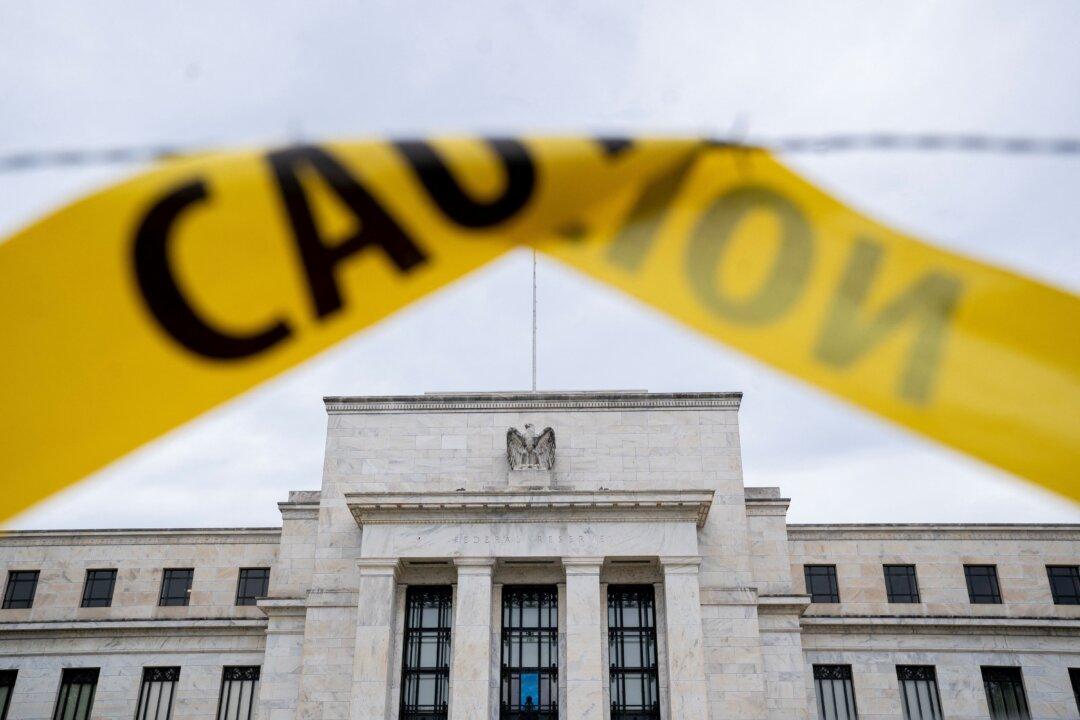The latest U.S. jobs report led investors to raise the yield on the 2-year Treasury note to its highest level in 16 years while dumping their stocks.
There was serious concern that strong U.S. employment levels would encourage the Federal Reserve to continue raising interest rates.





